Have you ever caught your cat staring at you with those wide, mysterious eyes and wondered, “Does my cat love me like a child loves their parent?” It’s a question that tugs at the hearts of cat owners everywhere. The idea that our fluffy companions might actually be forming deep emotional bonds with us—just like children—sounds both surprising and heartwarming. But is it true? Science has started to scratch beneath the surface, and what it’s uncovered is nothing short of fascinating.
Understanding Attachment: What Does It Really Mean?

Attachment isn’t just about snuggling or following someone around. Psychologists define it as a deep emotional bond, often formed in infancy, which shapes how we feel safe and secure. For children, attachment to caregivers is crucial for development and feeling protected. But can cats, with their independent reputations, really feel the same way? The truth might surprise you. Recent studies suggest that cats may actually rely on their humans for emotional security, much more than most people think. This goes far beyond simple affection or dependence—it’s about needing someone to feel safe, just like a child clings to a parent during thunderstorms or scary moments.
The Science Behind Cat Attachments

Researchers have started to use similar methods to test cat attachments as they do with children. The “strange situation” test, made famous by child psychologist Mary Ainsworth, has been adapted for cats. In this test, a cat is placed in a room with their owner, then briefly left alone, and finally reunited. Scientists watch how the cat reacts—do they seek comfort, act distant, or become anxious? Surprisingly, about 65% of cats in these tests show behaviors similar to securely attached children. They get stressed when their owner leaves, but quickly calm down when they return. That’s a pretty big deal for a species once thought to be solitary!
How Kittens Bond With Their Caregivers
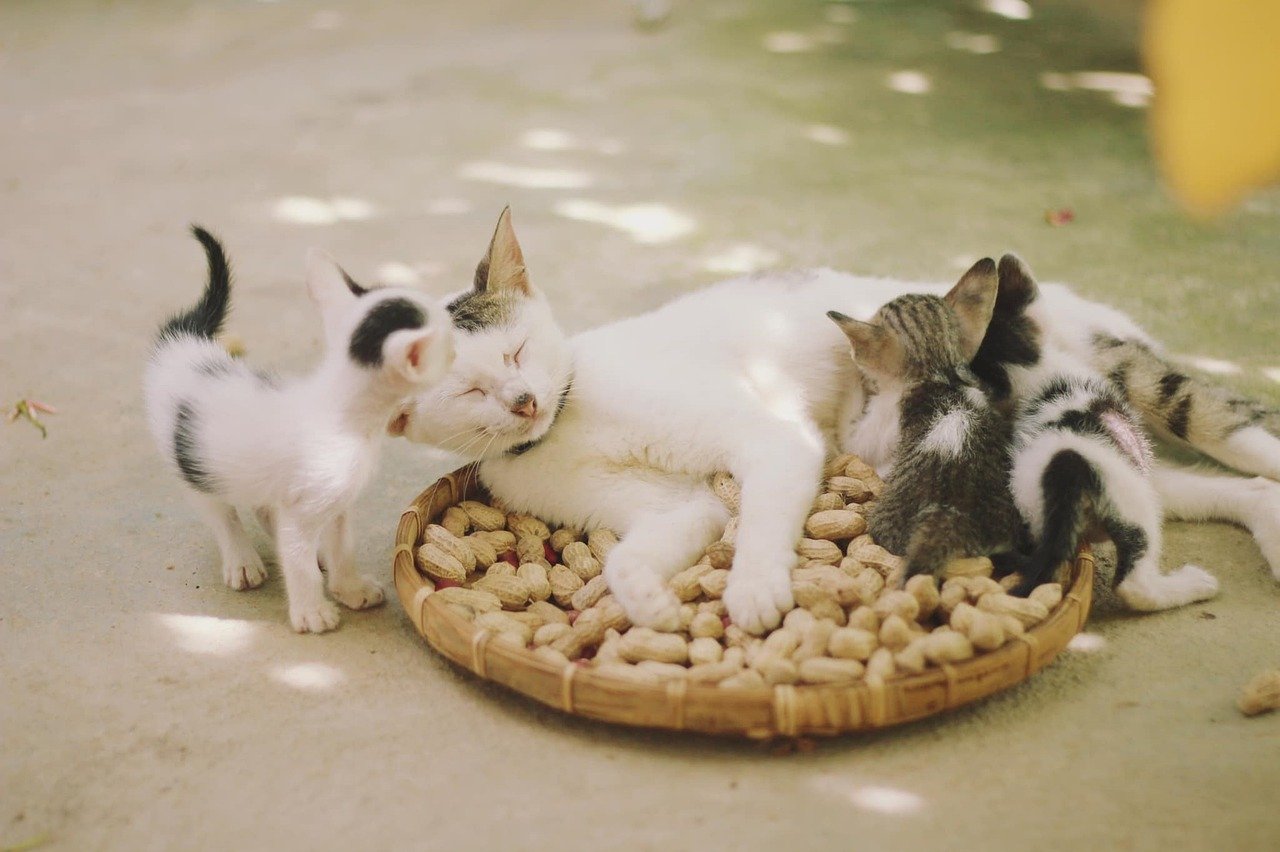
Kittens start learning about the world from the moment they open their eyes. Early experiences, especially with their mother, lay the foundation for future attachments. If a kitten is handled gently and often by humans, they’re more likely to form strong bonds with people later on. Just like a baby looks to their parent for reassurance, kittens often follow their favorite human from room to room. They might even cry or search for you when you’re gone, a behavior that’s eerily similar to a toddler searching for their mom or dad. These early bonds can shape a cat’s entire personality, making those first few weeks so important.
Signs Your Cat Is Attached to You
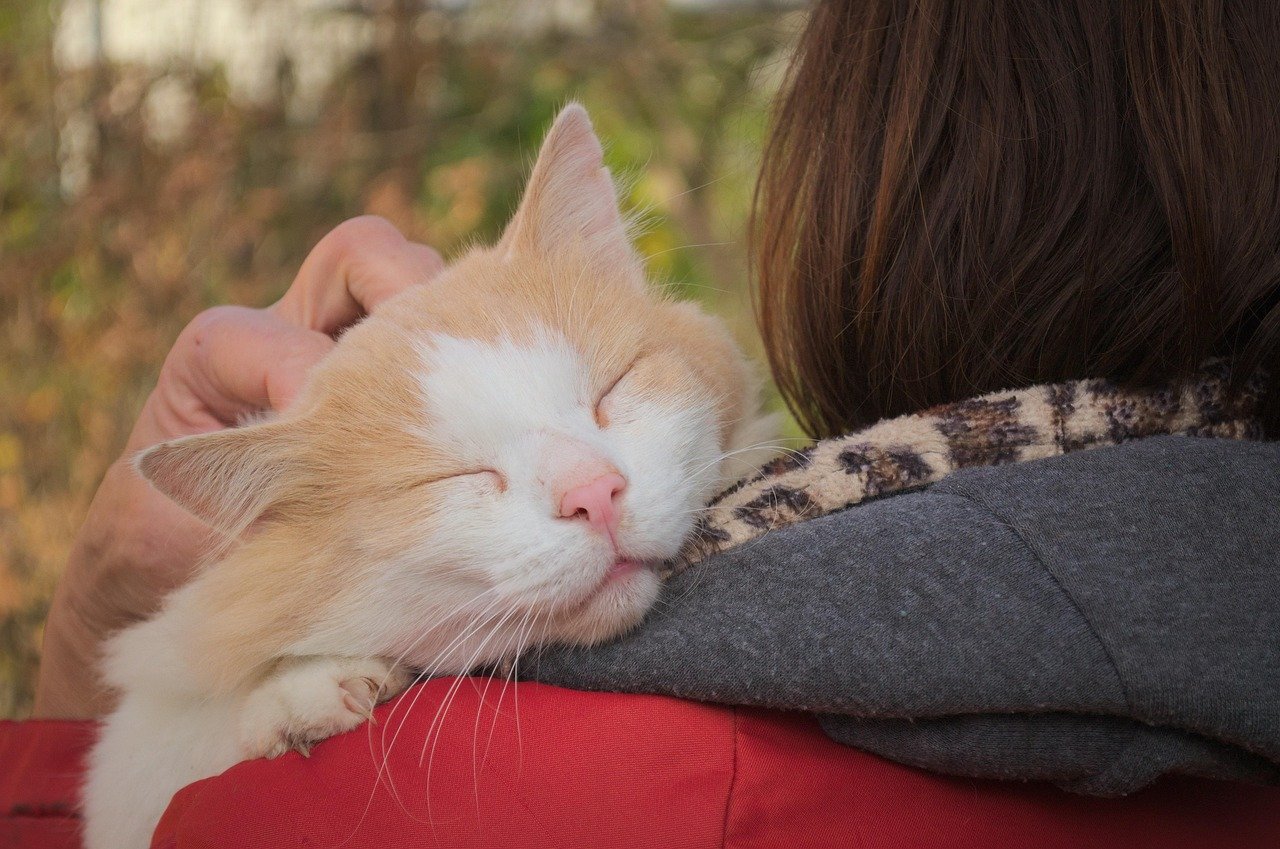
Wondering if your cat is attached? Look for telltale signs: does your cat greet you at the door or follow you around the house? A securely attached cat might bring you “gifts,” like toys (or less appealing treasures from outside). They might sleep near you or touch you with a gentle paw. When you’re gone, do they seem anxious or await your return by the window? All these behaviors point to a deep bond that looks a lot like a child’s attachment to their caregiver. Some cats even develop separation anxiety—just like kids do—when their favorite person leaves for too long.
The Role of Routine in Cat Attachments

Cats are creatures of habit, and routines help them feel secure. Just like young children thrive on predictable schedules, cats find comfort in knowing when they’ll be fed, played with, or cuddled. If you suddenly change your daily routine, your cat might act out or become withdrawn. This reliance on routine isn’t just about habits; it’s a sign that your cat trusts you to bring order and safety to their world. They depend on you not just for food, but for emotional stability—much like a child depends on their parent for reassurance throughout the day.
Comparing Cat and Child Attachment Styles
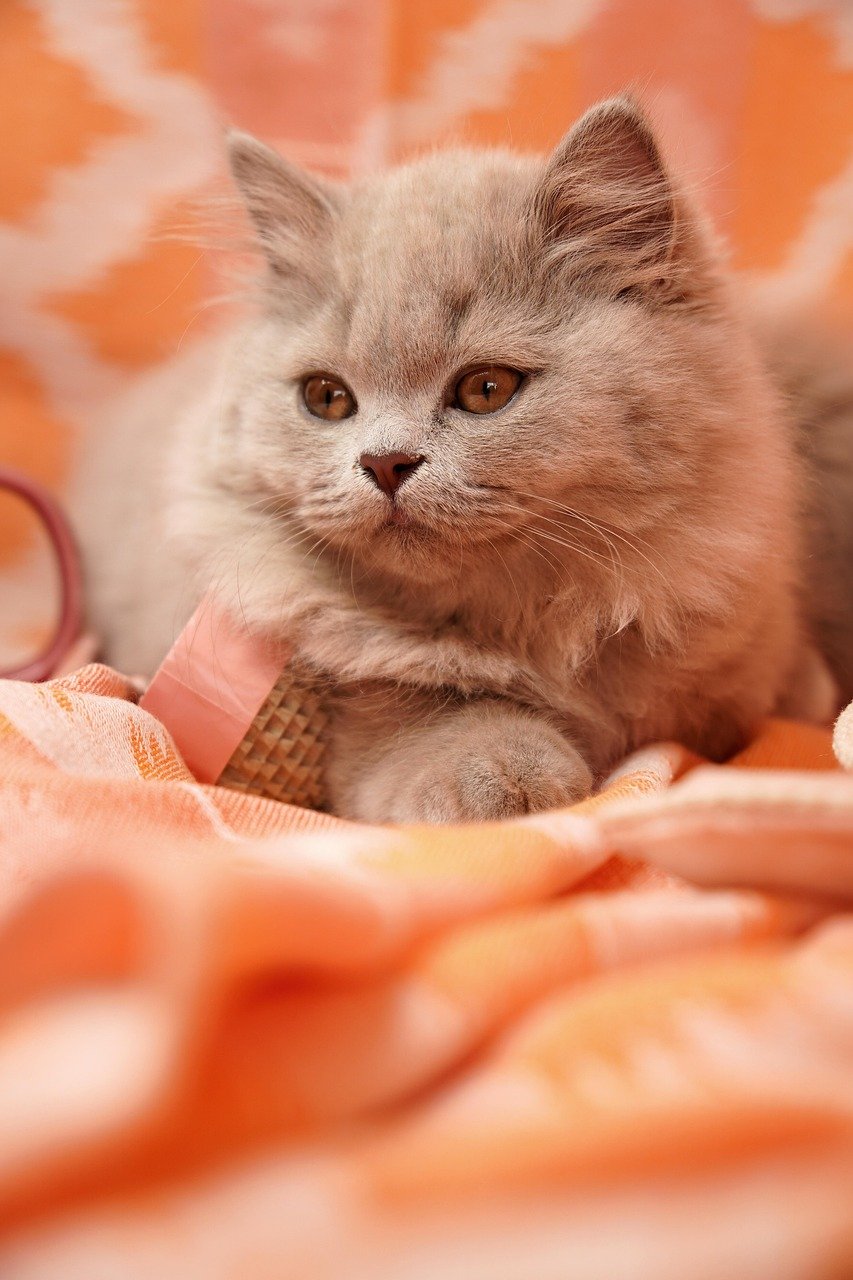
Child psychologists often talk about different attachment styles: secure, insecure, and ambivalent. Research shows cats can display these, too! A securely attached cat will be comfortable exploring new spaces, but always checks in with their human. An insecure cat might hide or act skittish, unsure who to trust. Some cats, like some children, are clingier and need constant reassurance. Understanding your cat’s style can help you respond better to their emotional needs, just as parenting styles adapt to each child’s personality. This connection between species is more than coincidence—it’s rooted in our shared need for connection.
Do Cats Get Jealous Like Children?
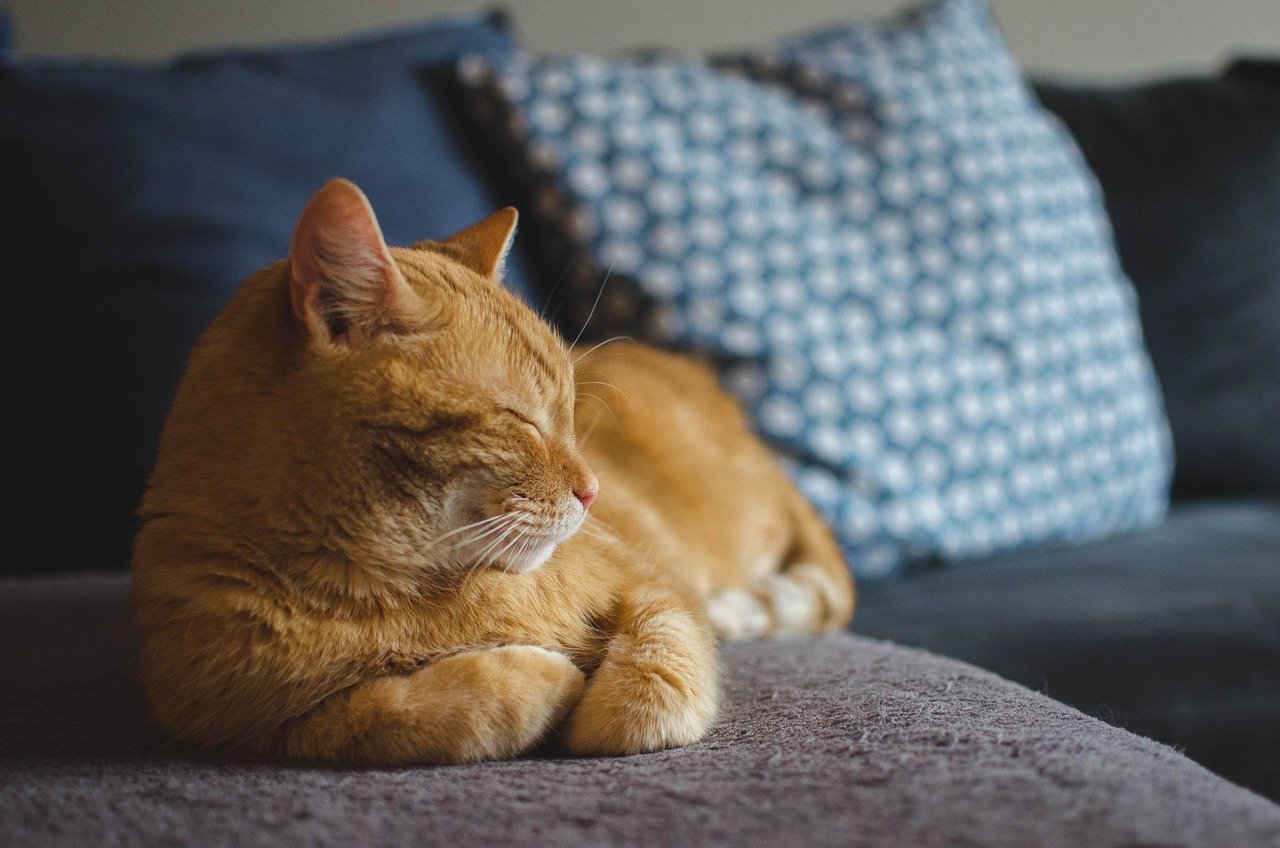
If you’ve ever brought home a new pet or baby, you might have noticed your cat acting out. Maybe they knocked things over or demanded more attention than usual. Jealousy is a complex emotion, but many cat owners swear their cats feel it. This mirrors how young children might act when a sibling arrives, vying for their parent’s attention. While scientists debate whether cats experience jealousy in the same way as humans, there’s no denying that changes in attention or affection can spark strong reactions. Cats, like kids, want to be seen and loved.
The Impact of Early Socialization
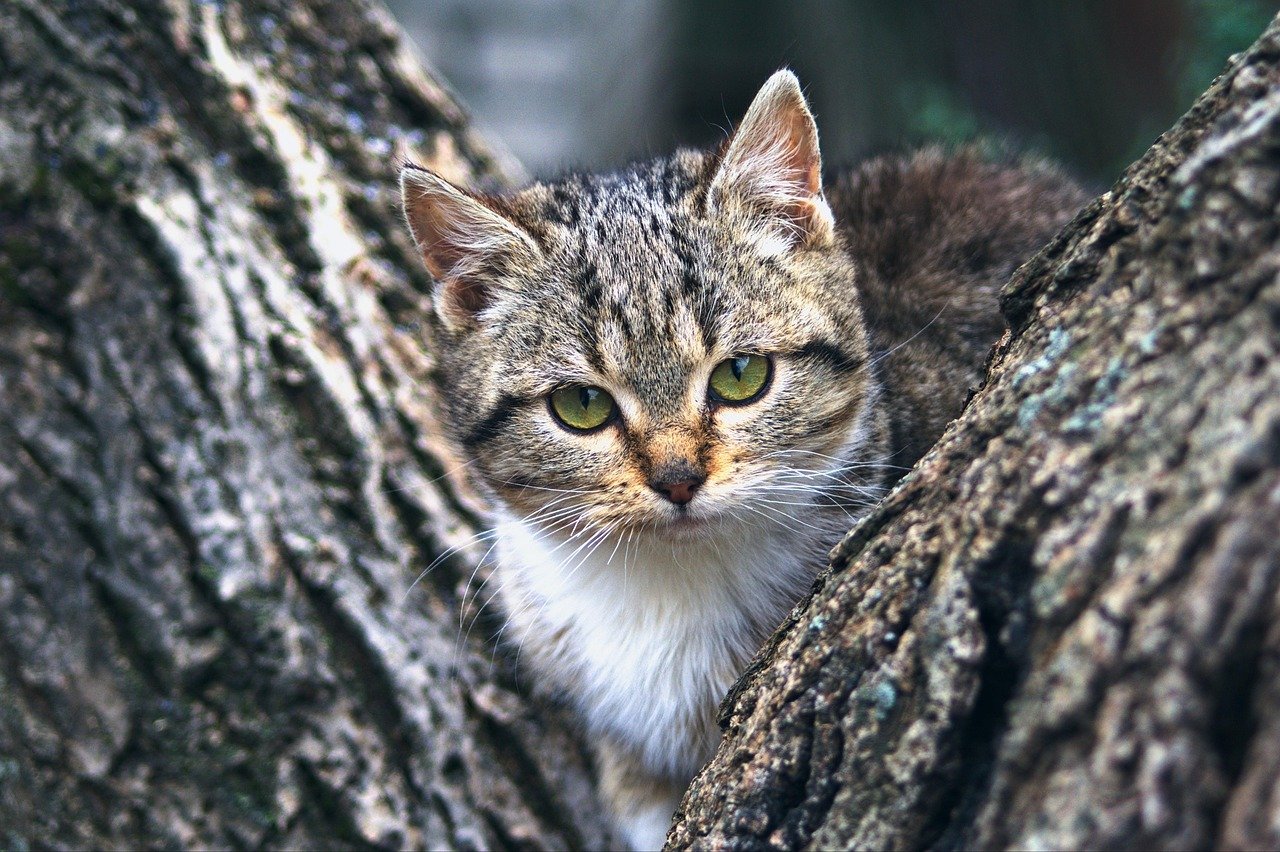
Just as a child’s early environment shapes their future relationships, a cat’s first weeks are critical. Kittens who are handled gently and exposed to different people, sounds, and experiences are more likely to grow up confident and affectionate. Those who lack socialization, or who experience trauma early on, may be more fearful or aloof. This parallels child development, where early attachment figures and experiences can shape a person’s approach to relationships for life. So, if you want a loving, attached cat, start building positive experiences from the very beginning.
How Separation Affects Cats
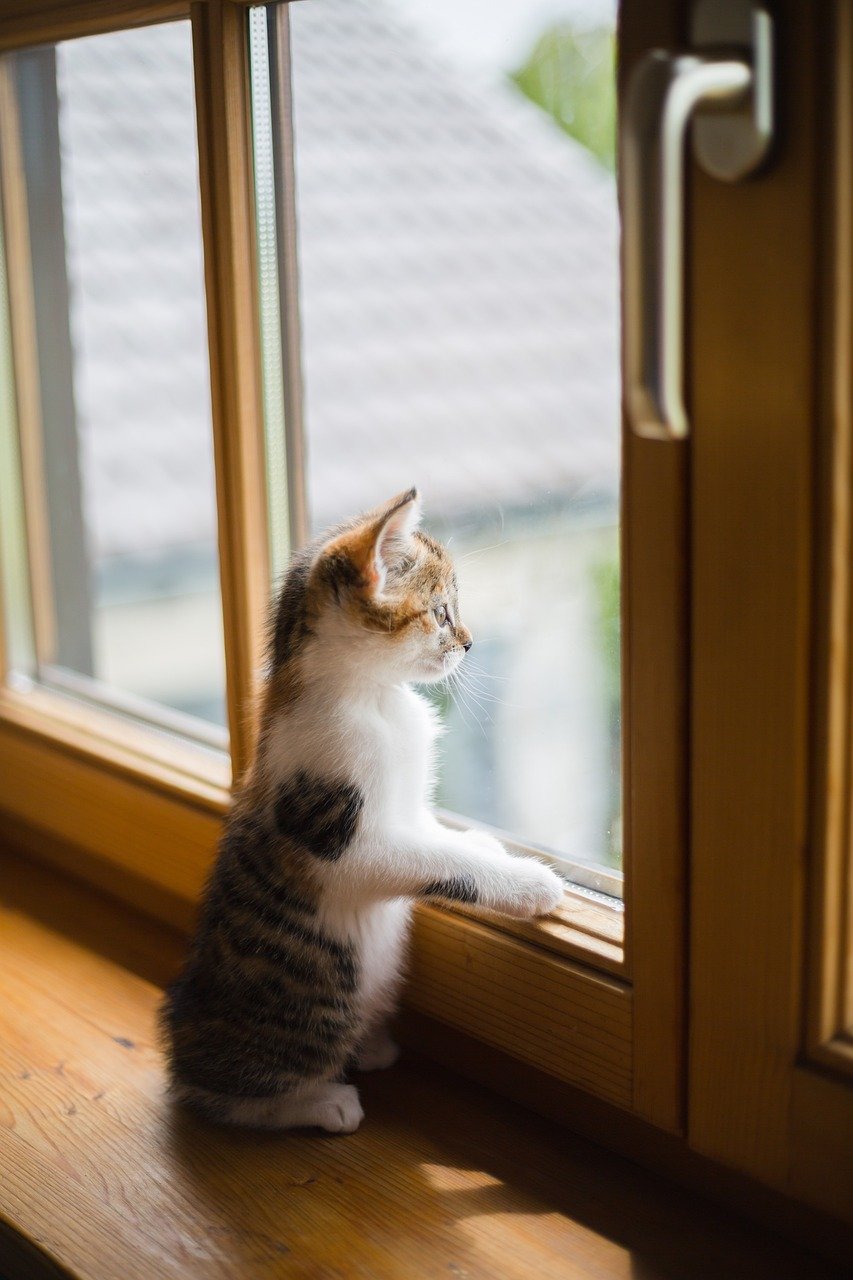
Leaving a cat alone for long periods can be stressful, especially for those with strong attachments. Some cats develop separation anxiety, exhibiting behaviors like excessive grooming, vocalizing, or even destructive actions. This is very similar to how some children react when separated from their caregivers—they might cry, act out, or withdraw. The emotional distress is real, and it highlights just how deep the bond between cats and humans can go. Providing comfort objects or a consistent routine can help, but nothing replaces the reassurance of your presence for a truly bonded cat.
Physical Touch: Cuddling and Comfort
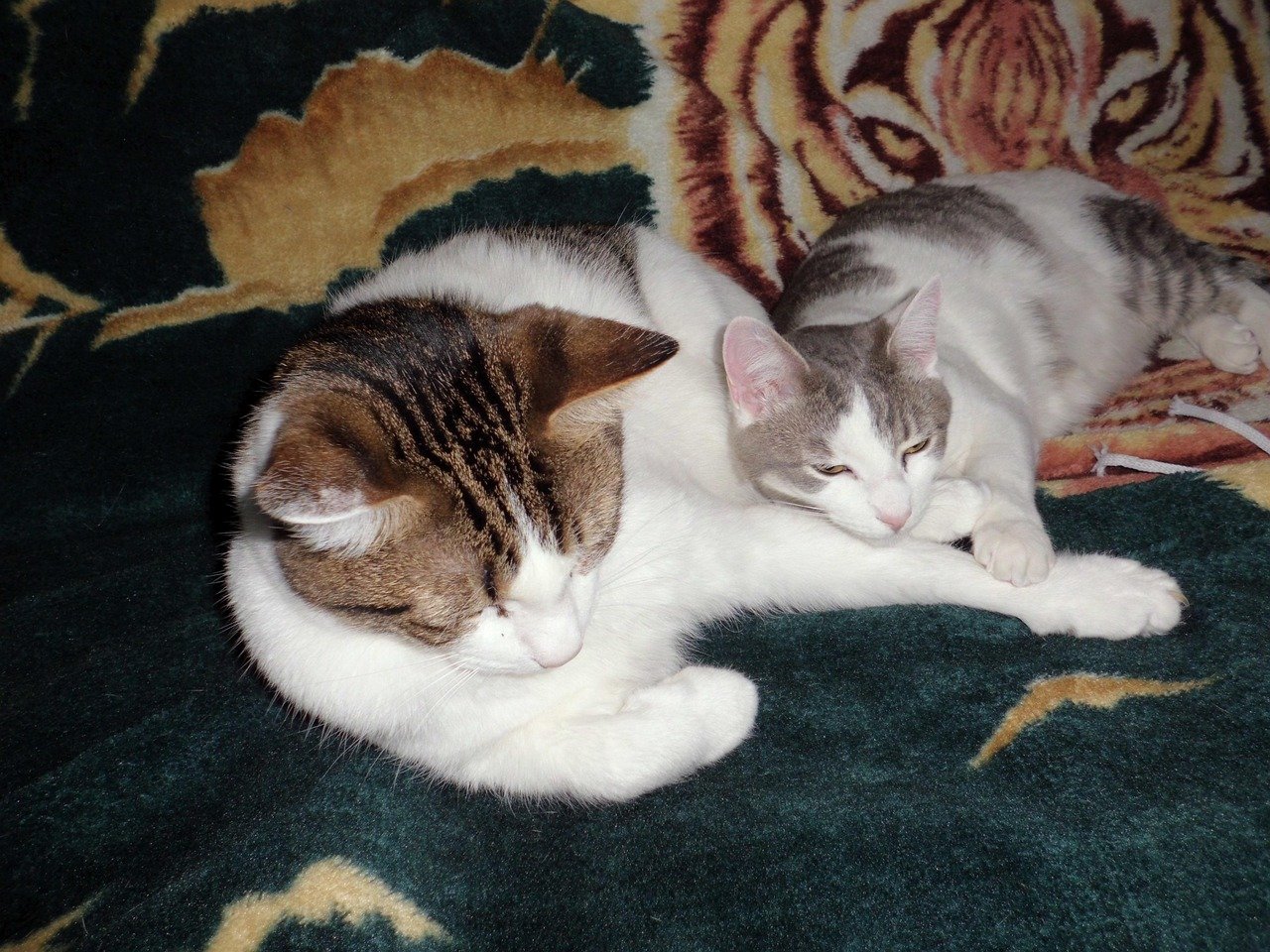
For many cats, touch is a primary way to show and receive affection. Whether it’s curling up in your lap or kneading your blanket, physical closeness provides comfort and reassurance. Children seek hugs and cuddles from their parents for the same reason—it feels safe. While not every cat is a lap cat, those that seek out physical contact are showing a level of trust and attachment that goes beyond mere convenience. Even shy cats may express attachment by sitting nearby or gently leaning against you, quietly soaking in your presence.
Communication: How Cats Express Attachment
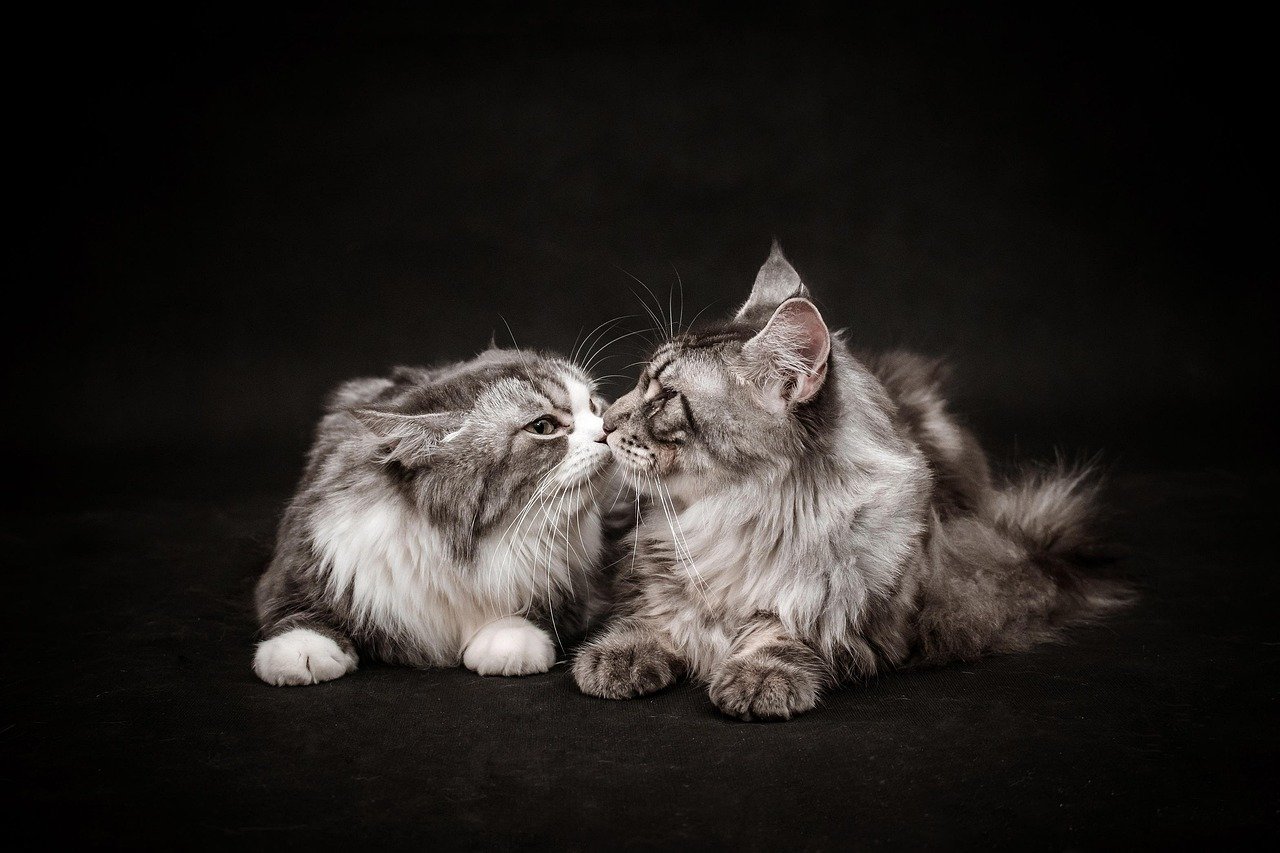
Cats have a unique way of communicating their feelings. They may purr, meow, or even chirp when they see you, each sound carrying its own meaning. Eye contact, slow blinking, and head bunting are all signs of affection and trust. Children, too, communicate attachment through words, gestures, and eye contact. The language may be different, but the intention is the same—a desire to connect and feel understood. By learning your cat’s language, you can deepen your bond and respond to their needs more effectively.
Stress and Comfort: Turning to You in Tough Times
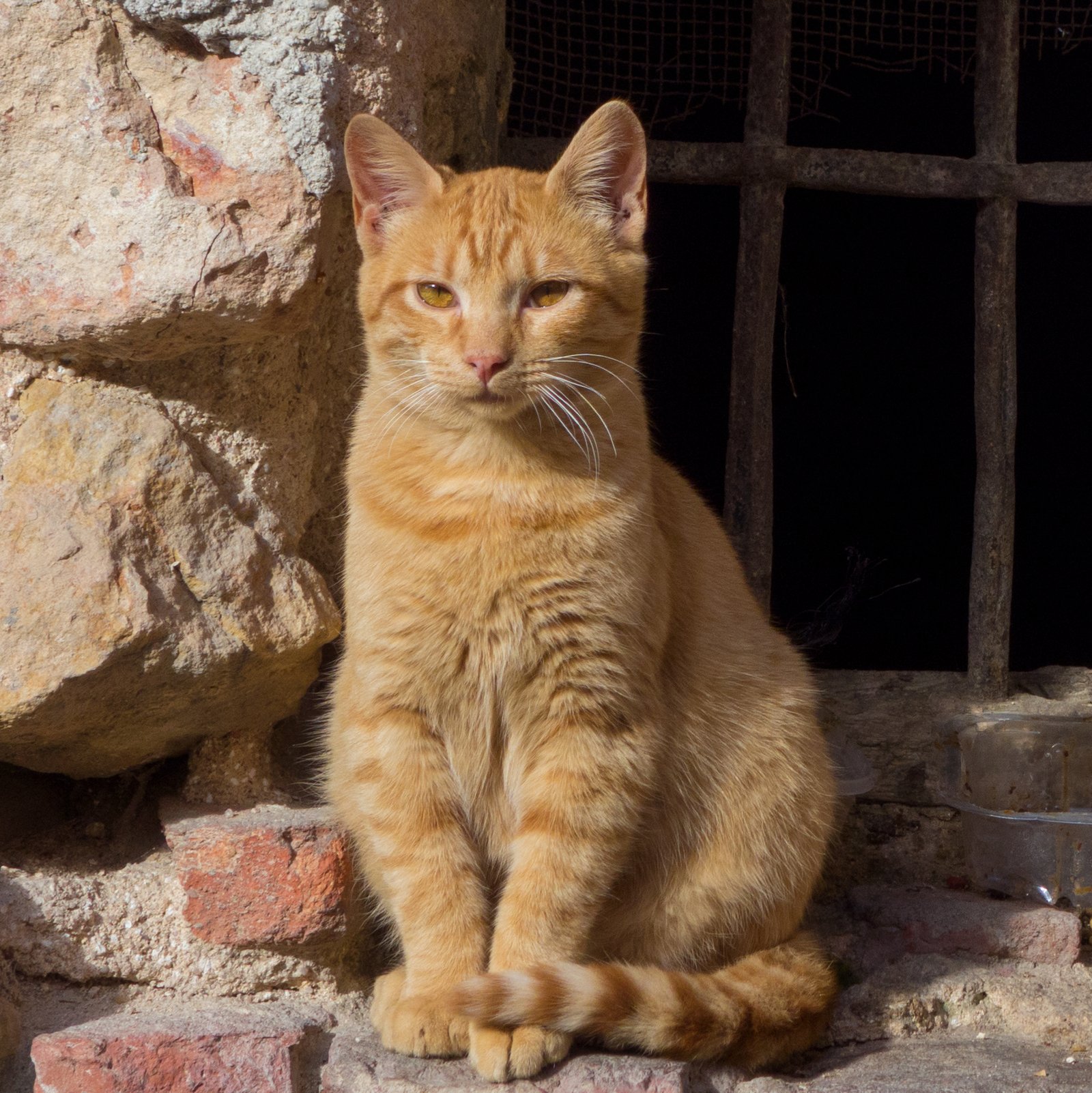
When cats are scared or stressed—like during thunderstorms or vet visits—they often turn to their favorite human for comfort. They may hide under your bed or press close for reassurance. This mirrors how children seek their parents when frightened, looking for safety in a familiar presence. Your calm voice and gentle touch can do wonders, helping your cat feel protected. It’s in these moments that the depth of your bond truly shines through, revealing the emotional anchors you provide for each other.
Attachment and Play: More Than Just Fun

Playtime isn’t just about entertainment; it’s a key building block for attachment. Interactive play strengthens the bond between cat and owner, much like play does between parent and child. Through games, you build trust, communication, and mutual understanding. A cat who feels safe and attached is more likely to engage in play, bringing joy and laughter into your home. The time you spend playing is an investment in your relationship, shaping how your cat sees you—as a source of both fun and security.
Feeding Time: A Ritual of Bonding
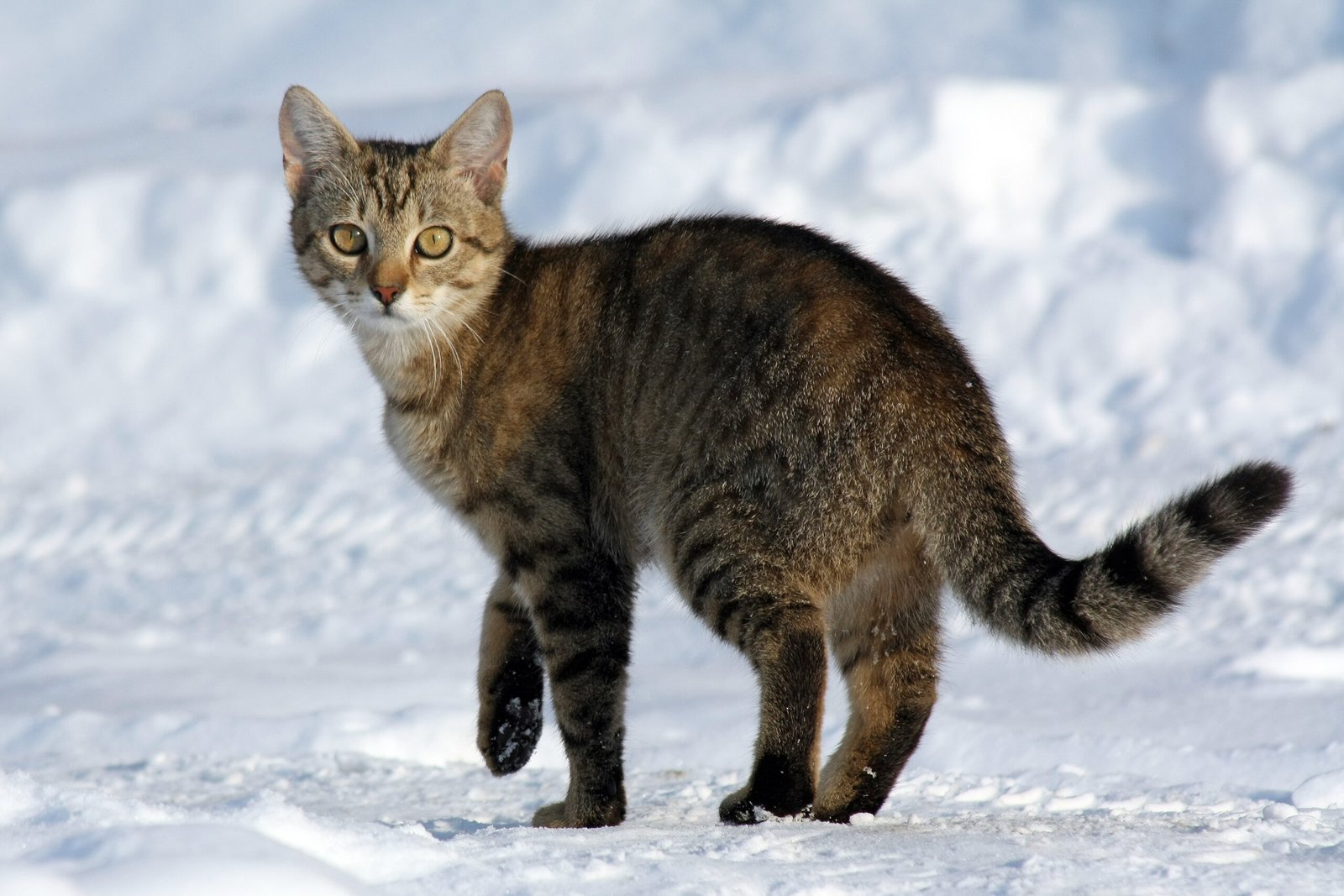
Feeding isn’t just about filling a bowl—it’s a ritual of care and connection. Many cats develop strong routines around mealtimes, eagerly awaiting your arrival. The act of feeding cements your role as a provider and protector, much like a parent nurturing a child. Some cats even follow their humans to the kitchen, meowing in anticipation. These daily rituals create a sense of predictability and trust, reinforcing the emotional bond you share. For many cats, mealtime is a highlight of the day—not just for the food, but for the attention.
Sleeping Together: A Sign of Deep Trust
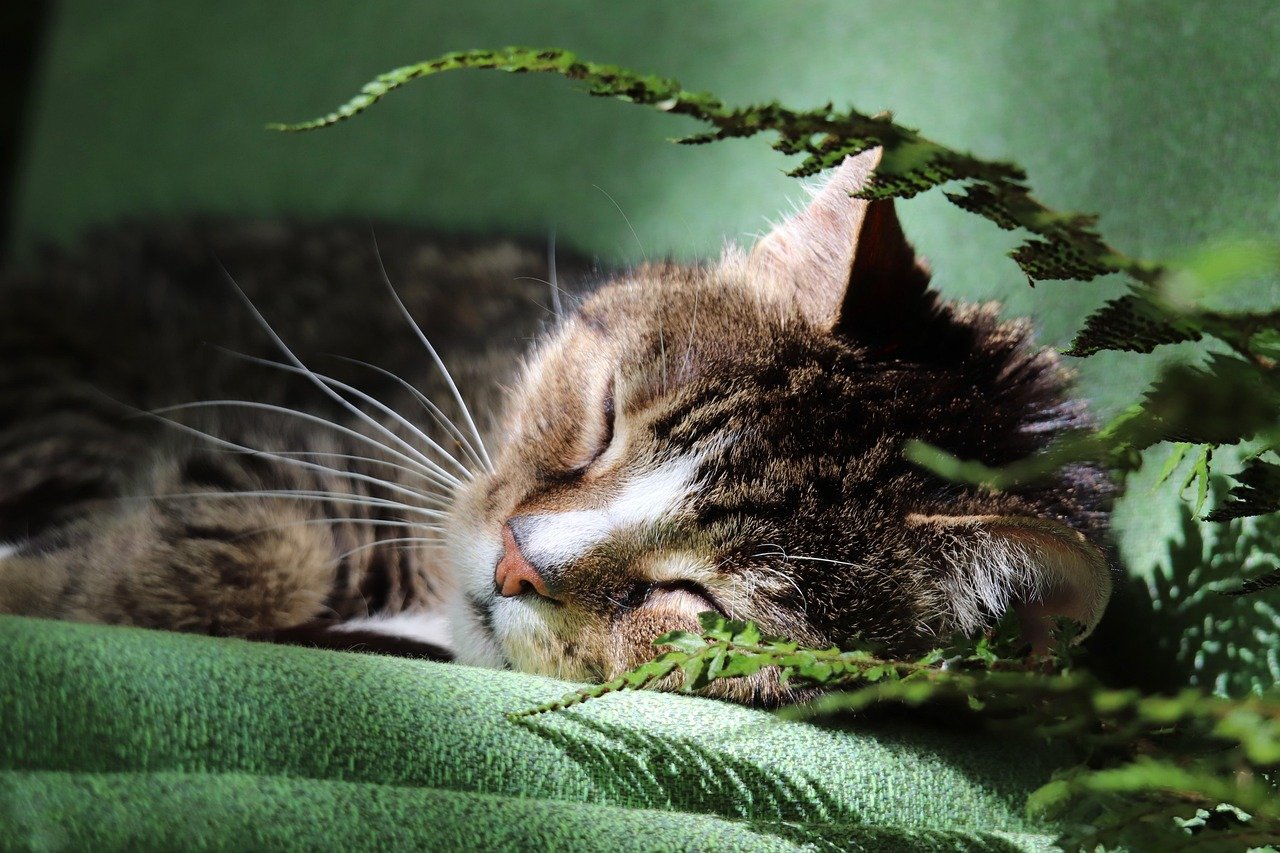
Nothing says trust quite like a cat choosing to sleep beside you. In the wild, cats are vulnerable while sleeping, so choosing a spot near you is a sign they feel safe. Children, too, often want to sleep close to their parents when they’re young, seeking the comfort of closeness. If your cat curls up on your bed or even on your chest, consider it a huge compliment. They see you not just as a food provider, but as a protector in their most vulnerable moments.
Stressful Changes: How Cats React
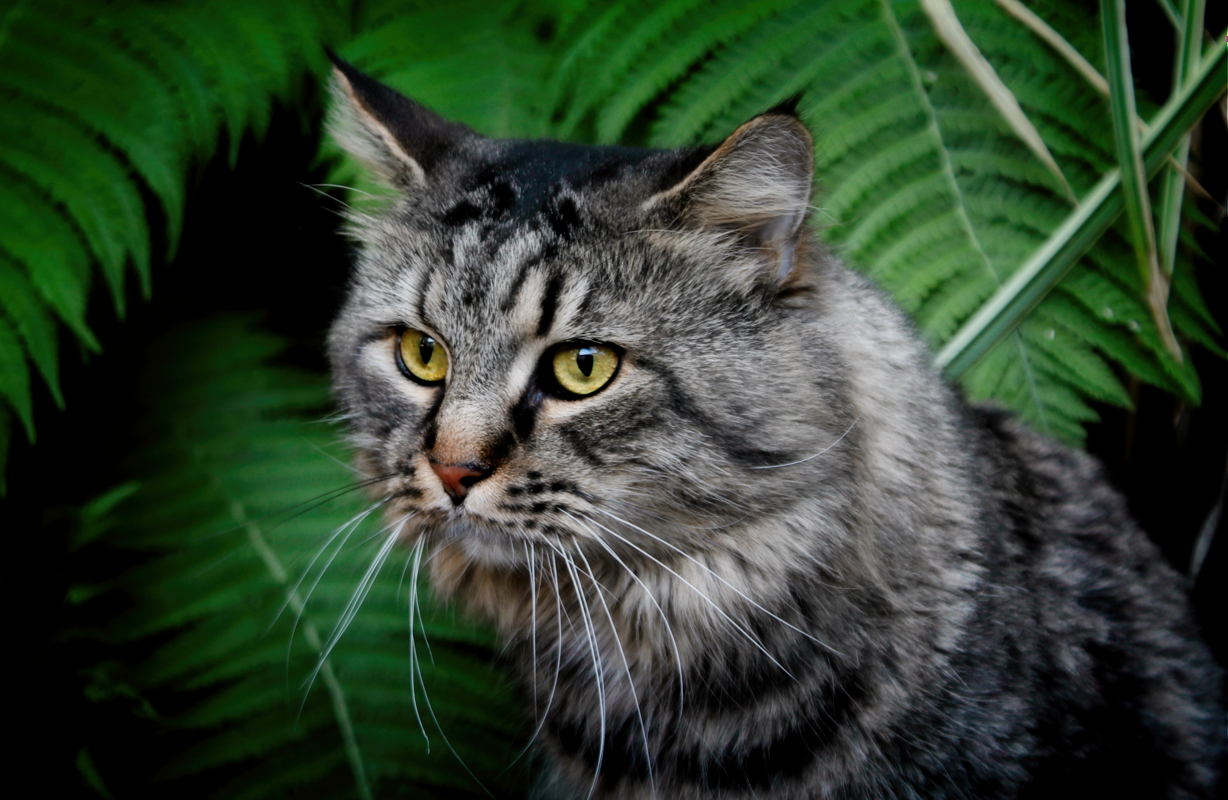
Big changes—like moving, new pets, or a new baby—can shake up a cat’s world. Cats with strong attachments may become anxious or clingy, just like children facing new environments. They may hide more, vocalize, or demand extra attention. Understanding that these reactions stem from attachment can help you support your cat through transitions. Offering extra reassurance, familiar objects, and sticking to routines can ease the stress, helping your cat adjust with confidence.
Differences Between Cat and Dog Attachments

Dog lovers often claim their pets are more loyal or attached, but cats have their own ways of showing love. While dogs may be more overt, cats express attachment through subtle cues—like following you silently, bringing you gifts, or simply being nearby. Unlike dogs, cats might not always seek constant affection, but this doesn’t mean they aren’t attached. Their independence is part of their charm, but their emotional bonds can be just as deep. It’s a quieter, more understated kind of love, but it’s every bit as real.
Attachment and Aging: How Bonds Change Over Time
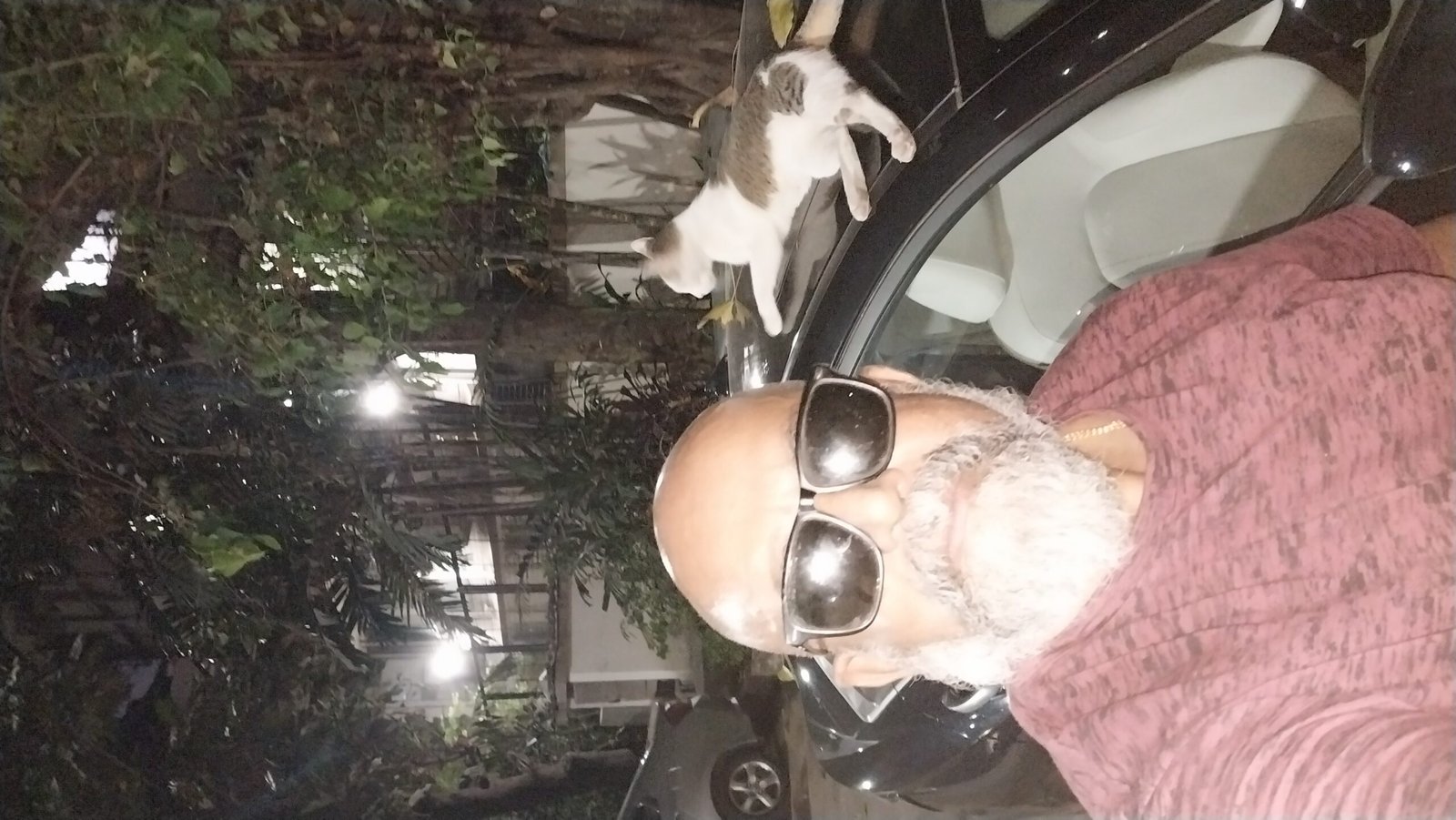
As cats grow older, the nature of their attachment can evolve. Older cats may become even more attached, seeking comfort in familiar routines and faces. They might slow down, but their desire for your presence remains strong. Just as grown children still seek connection with their parents, senior cats rely on the stability of home and the people they love. Your steady companionship can ease the challenges of aging, offering comfort during times of change or illness.
Do All Cats Form Attachments?
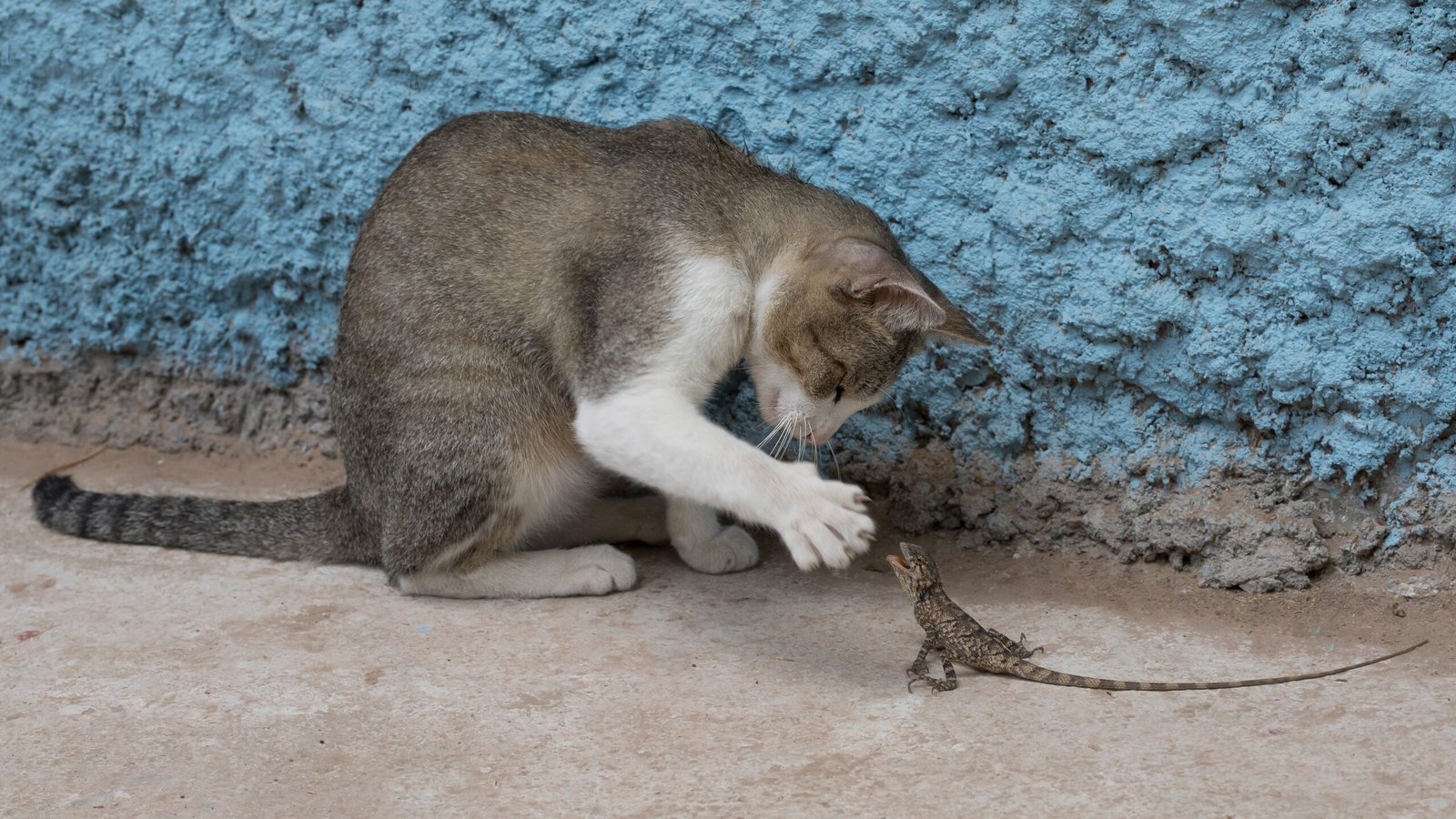
Not every cat forms the same kind of bond with their humans. Some are naturally more aloof, while others are ultra-cuddly. Genetics, early experiences, and personality all play a role. Just like children, cats exist on a spectrum—some are social butterflies, others are shy wallflowers. Even a reserved cat can feel deeply attached, expressing it in their own quiet way. Recognizing and respecting your cat’s unique personality is key to nurturing a healthy, lasting bond.
Fostering Secure Attachments with Your Cat
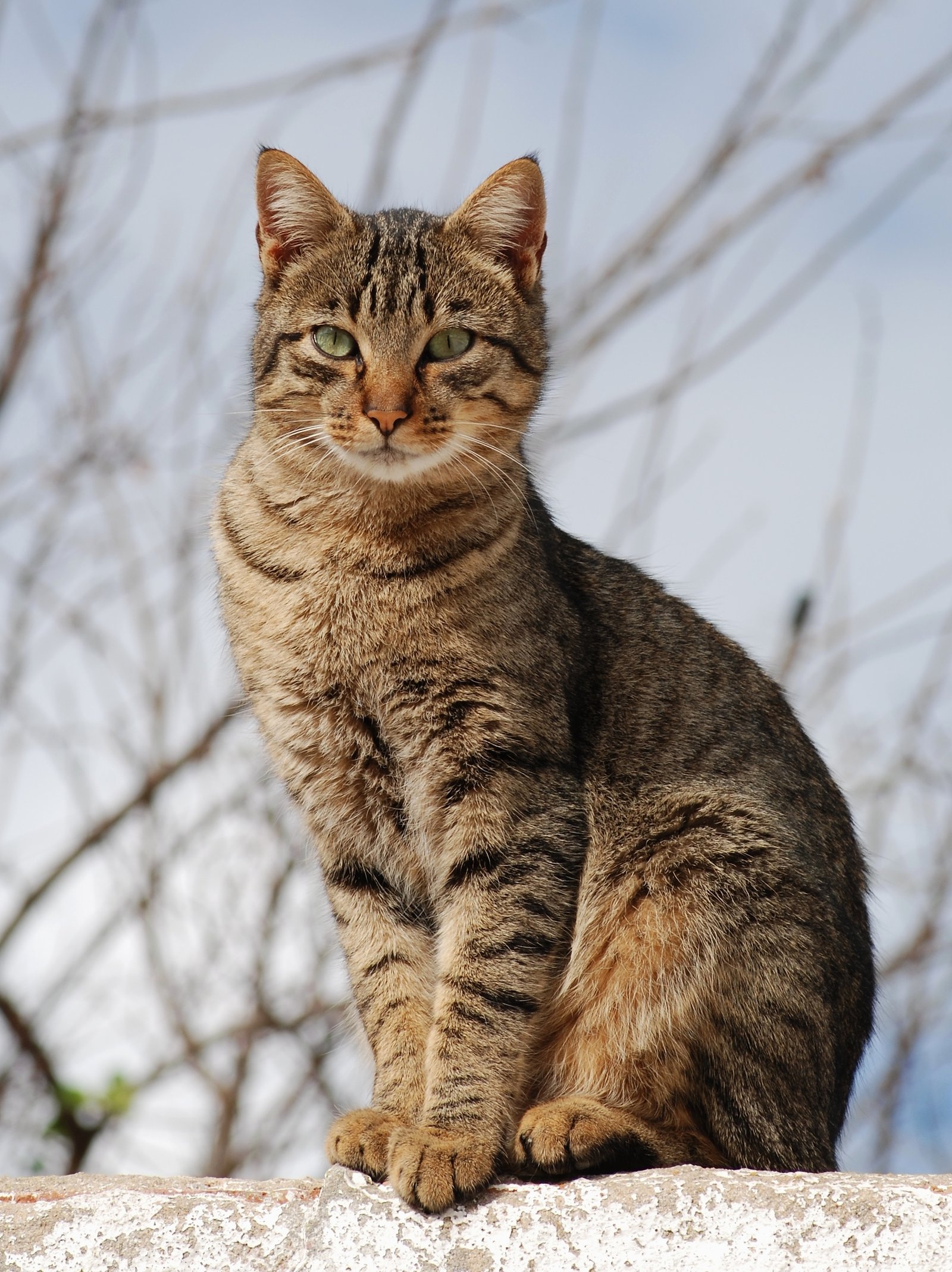
Building a secure attachment with your cat takes patience, understanding, and lots of love. Spend time together, respect their boundaries, and offer comfort when they’re anxious. Just as with children, consistency and gentle care create a safe foundation for trust to grow. Celebrate the small moments—purrs, blinks, and quiet companionship. With time, your cat will see you as more than just a food source—you’ll be their anchor in a sometimes overwhelming world.
Hi, I’m Bola, a passionate writer and creative strategist with a knack for crafting compelling content that educates, inspires, and connects. Over the years, I’ve honed my skills across various writing fields, including content creation, copywriting, online course development, and video scriptwriting.
When I’m not at my desk, you’ll find me exploring new ideas, reading books, or brainstorming creative ways to solve challenges. I believe that words have the power to transform, and I’m here to help you leverage that power for success.
Thanks for stopping by, Keep coming to this website to checkout new articles form me. You’d always love it!






